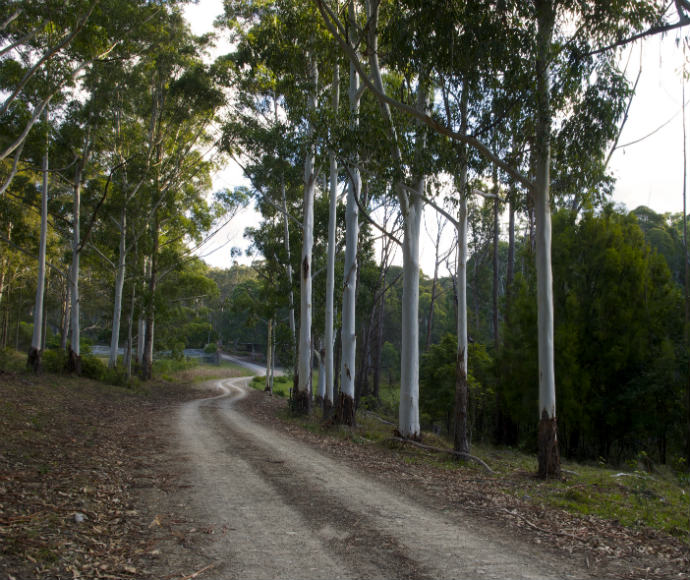
A new Griffith study has developed a metric to describe the relationship between flow and water quality, which can help understand the response of waterways to flood events.
Published in the Journal of Hydrology, the study developed a new metric, HARP (Hysteresis Area, Residual and Peaks), which can be used to explain how pollutant concentrations vary with river flow rates.

“During flood events pollutant concentrations can reach high levels that affect ecosystem and human health,” said lead researcher Dr Melanie Roberts from the Australian Rivers Institute.
“Variations between flow and pollutant concentrations are associated with hysteresis, where the state of a system lags behind the stressor driving a response, which occurs in a wide range of systems.
“In the case of pollutants, concentrations in a river can be highly dependent on the historic properties of the catchment, such as recent rainfall, soil moisture and groundwater levels.
“High levels of pollutants, for example, can be transported from a catchment into a river at the start of a storm. When the storm subsides much lower levels occur, even though river flow rates may be similar.”
Hysteresis is ecologically significant as a lag in the response to a stressor can paint a false picture about the resilience of a system.
“Hysteresis can lure us into the belief that an ecosystem is resilient, only for a rapid and often catastrophic regime shift to occur when the system can no longer withstand the cumulative effects of the stressor,” explains co-author Dr Jing Lu.
“The degraded state is also highly resilient to change, so may require extraordinary efforts to remove the stressor in order to restore the ecosystem to the earlier state of higher ecological value.”
Being able to describe hysteresis is important for understanding what is driving behaviour of a system, including past and recent stressor history.

Predicting the occurrence of the transitions between different states of an ecosystem has been problematic. Many models lack the ability to capture these transitions because they fail to incorporate past stressors and system properties.
“Understanding pollutant hysteresis during storm events, for example, can help us develop more effective pollutant management strategies and ramp up mitigation efforts when a high-value system is close to a dangerous transition to a degraded state,” said co-author Professor David Hamilton, Director of the Australian Rivers Institute.
“HARP is an easy to calculate tool that provides insights into storm event dynamics, including changes in water quality and the potential for regime shifts.
“The metrics derived from HARP allow for comparisons of water quality changes within and between streams under the influence of a stressor such as flooding.”








